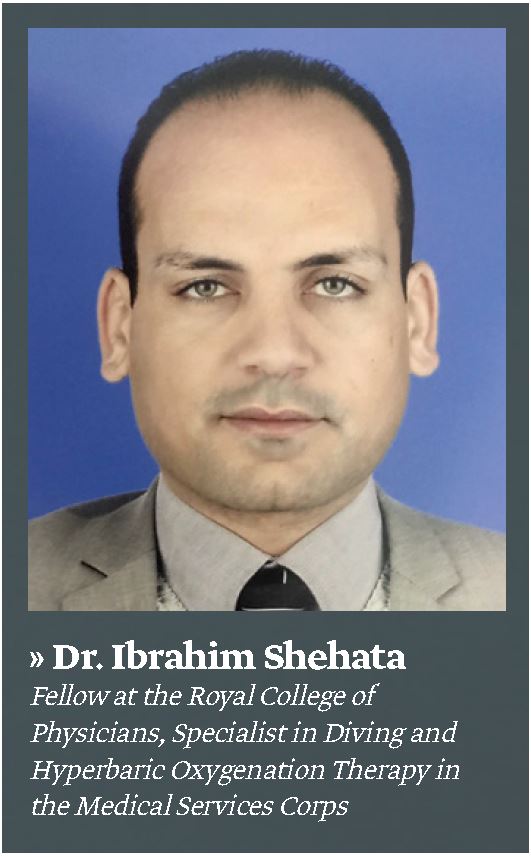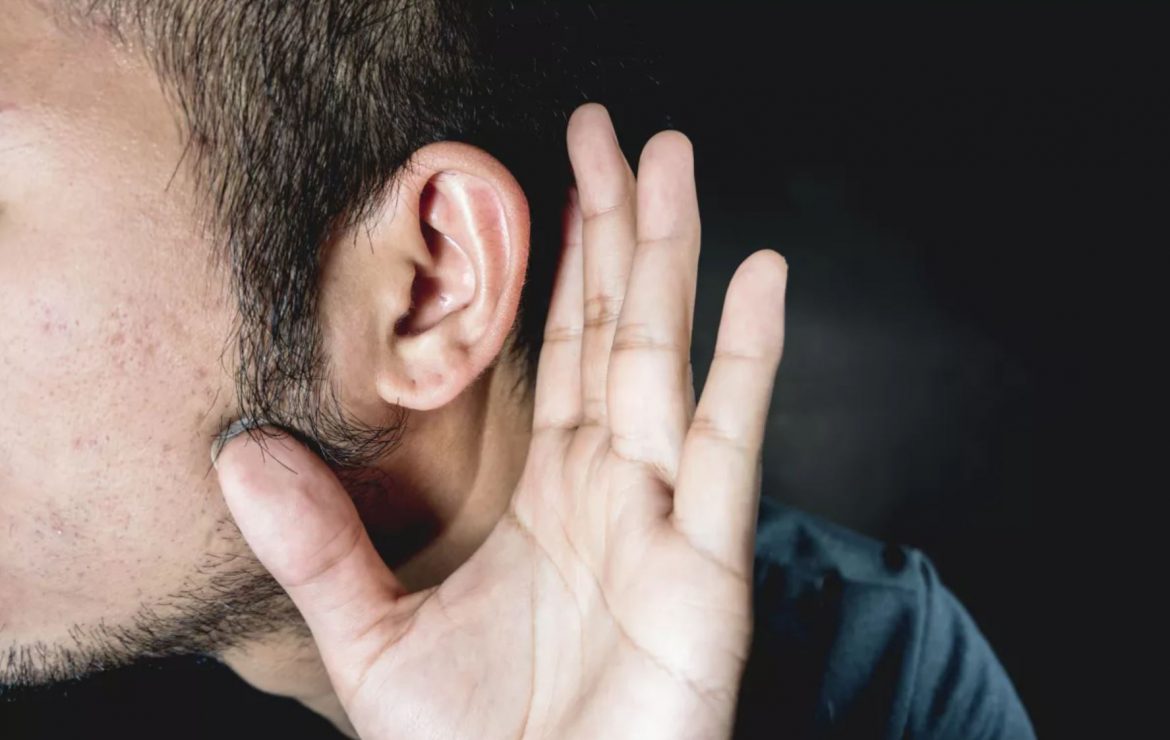Anyone can suffer from sudden hearing loss in one ear without any warning, which requires immediate intervention and treatment.
In one case, a 15-year-old girl woke up with a complete hearing loss in her right ear, and in another, a 30-year-old woman returning from a trip with her parents and other was talking to her husband on the phone when she suddenly lost the ability to hear with her left ear.
These are some of the severe and sudden sensorineural hearing loss patients, who received treatment at the Diving and Hyperbaric Medicine Center, inside a hyperbaric oxygen chamber, which helped improve their hearing significantly.
Idiopathic Sudden sensorineural hearing loss (ISSNHL) is the hearing loss of at least 30 decibels within 3 days across at least 3 adjacent frequencies, which predominantly occurs in one ear and is usually accompanied by tinnitus and dizziness.

Causes of sudden sensorineural hearing loss
So far, the causes of sudden sensorineural hearing loss are not clear, however, anxiety and stress may play a large role in its development, as well as vascular occlusion, oxygen ischemia to auditory cells, viral infections, tissue diseases, and ototoxic drugs.
This hearing loss problem may be due to an earwax blockage, and the doctor often inquires whether the patient was exposed to loud noises such as the sound of explosions and gunshots, and when all factors are excluded, the patient is diagnosed as having an idiopathic sudden sensory hearing loss.
Sudden hearing loss occurs in the inner ear in the cochlea, where there are hair cells that convert sound waves into electrical impulses, which are transmitted via nerves to the brain where they get processed, however, when this problem occurs, these hair cells don’t work as they should on certain frequencies.
Studies have shown a severe deficiency in the oxygen supply in the cochlea’s fluid associated with cases of sudden sensorineural hearing loss, which hyperbaric oxygen therapy improves significantly, preventing the deterioration of the hair cells.
Hyperbaric oxygen therapy
The patient is evaluated by an otolaryngologist, who performs the necessary tests, such as an audiometer, to confirm the diagnosis and determine the severity of the disease.
The treatment protocol for sudden sensorineural hearing loss as recommended by the American Academy of Otolaryngology includes taking cortisone orally for two to three weeks or cortisone injections in the eardrum for patients who can’t take it orally.
The Academy also warns against the use of antivirals, anticoagulants, and vasodilators in the treatment of ISSNHL.
Early treatment with hyperbaric oxygen is associated with improved outcomes, and the European Committee for Hyperbaric Medicine (ECHM) recommends oxygen therapy within 2 to 4 weeks of the onset of symptoms, however, studies have shown an improvement in patients’ hearing after receiving treatment within 3 months of the emergence of Symptoms.
Dr. Salem Al-Kuwaiti, Head of the Department of Diving and Hyperbaric Oxygen Therapy, indicated that patients who were referred to the medical center and received early treatment within two weeks of the onset of hearing loss have experienced significant hearing improvement.
Sudden sensorineural hearing loss patients received at the Diving and Hyperbaric Oxygen Center are treated using the latest internationally approved treatment protocols, which rely on research and evidence-based medicine.
Sudden sensorineural hearing loss patients are treated with high-pressure oxygen in a Hyperbaric chamber with room for several people, and two sections, allowing for entry and exit from the room during compression.
The patient is accompanied by a member of the treatment team to ensure the highest levels of safety and security and each patient is examined before entering the hyperbaric chamber to determine his fitness to withstand the change in atmospheric pressure.
The patient also gets a detailed explanation of all aspects of treatment and training on how to equalize the pressure around the ears during the gradual compression of the hyperbaric chamber.
Inside the chamber, the patient breathes pure oxygen through a face mask for 90 minutes, interspersed with a few minutes of breathing the pressurized air, under pressure equal to 2-2.5 atmospheres for 20 treatment sessions, with the patient being continuously followed up during treatment by a specialized team.
The team also follows up on the degree of improvement in hearing of different frequencies using the audiometer during and after the completion of the treatment course.
Hyperbaric oxygen therapy has been approved by the Food and Drug Administration (FDA) as well as The American Diving and Hyperbaric Medical Society (UHMS) for the treatment of many diseases such as diving sickness, arterial gas bubbles, carbon monoxide poisoning, sudden vision loss, and delayed radiation injuries.
It is also used in the treatment of wounds and chronic ulcers such as diabetic foot, burns, restoration of damaged tissues, some skin grafts, severe infections, and finally, Idiopathic Sudden Sensory Hearing Loss (ISSHL), which are received at the Center for Diving and Hyperbaric Oxygen Therapy.
The Diving Medicine and Hyperbaric Oxygen Therapy Center continues to provide the latest healthcare, raising the level of happiness and quality of medical service, and providing the right treatment at the right time.
Dr. Ibrahim Shehata (Fellow at the Royal College of Physicians, Specialist in Diving and Hyperbaric Oxygenation Therapy in the Medical Services Corps)













